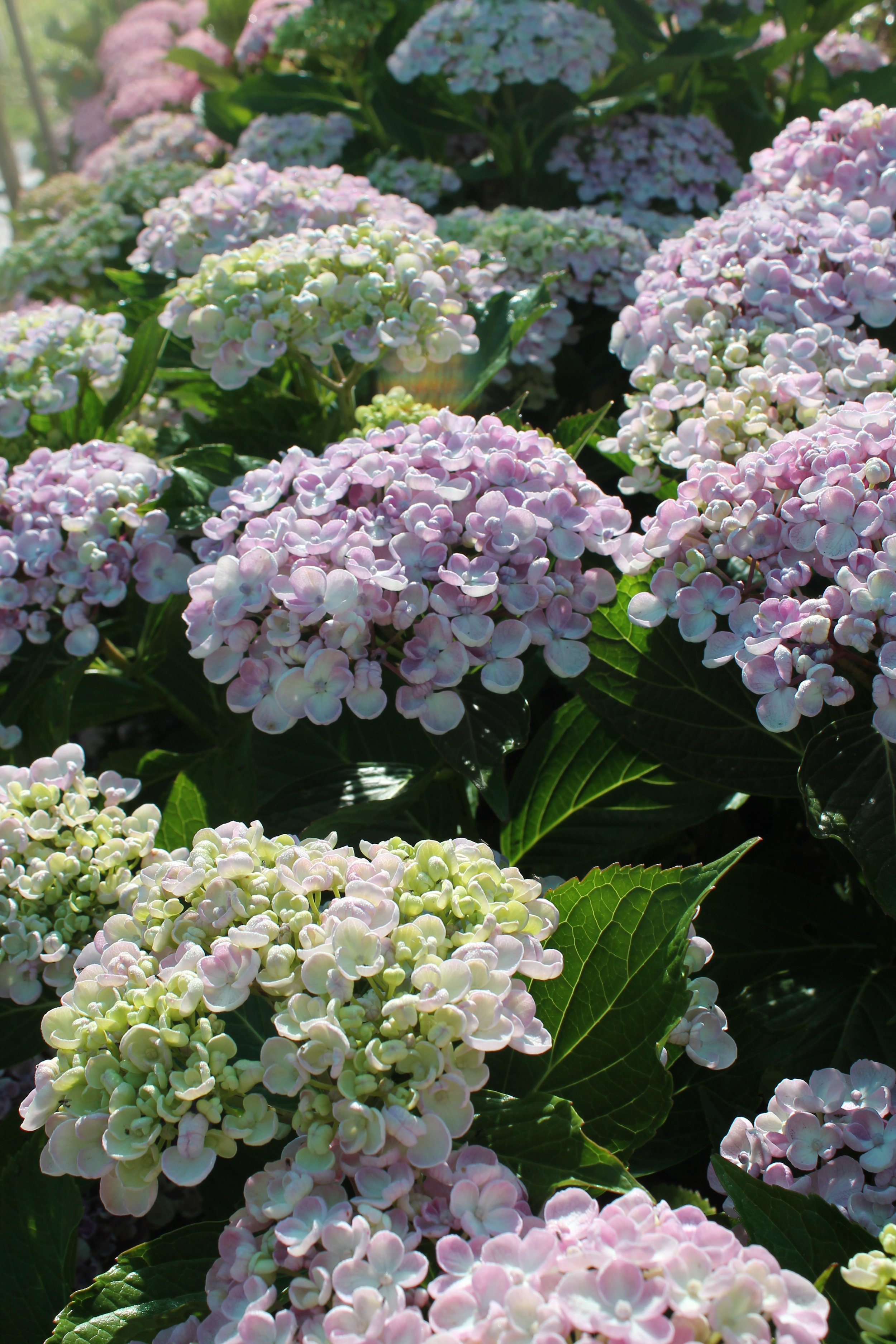I’ve been a huge fan of interplanting for as long as I can remember. This started out in my early vegetable cultivation days with the traditional process of using companion plants like basil, marigolds, the three sisters, alyssum, calendula, chives, dill, radishes….
However, as I moved towards floriculture, I needed to start thinking about maximising space and yield while also increasing biodiversity on the farm. Interplanting and ‘meadow’ plantings were the perfect solution. Interplanting is the process of growing two (or more) crops alongside each other in the same bed with one maturing faster than the other and meadow plantings are a mixed planting of beneficial (often native) flowering crops.
Interplanting paradise…
Lets start with the interplanting. I have three beds that I’m using interplanting in and then another three that I’ll use as meadow beds for the upcoming season. With three beds given over to roses and hydrangeas, it means that these shrubs and beds are permanent and essentially, with just two varieties of plants in them, not maximising the space throughout the seasons. By interplanting them with crops that flower during a different season/timeframe (while not interfering with the nutrient needs of the main crop), it means that not only can I add these beds into production when they would otherwise be dormant, but I’m also keeping the soil web thriving and biodiversity/habitat active and accessible throughout the slower months. With both hydrangeas and roses being deciduous, I’ve interplanted them with species that will flower from mid winter through to late spring, with the first of these being my hellebore crop. Usually recommended to grow in shaded, woody areas, I’ve found that having my hellebores exposed to full winter sun has really increased flowering and by next winter after dividing this years crop, I’ll have a steady supply of hellebores throughout winter. The other benefit of this interplanting combo is that by the time the heat and harsh sun of summer rolls in, the roses and hydrangeas will be in full leaf and flower, shading out and protecting the heat sensitive hellebores that will be well on their way to the end of their yearly cycle.
Hyds throwing shade for the hellebores
In the rose beds, I trialled interplanting forget-me-nots last season and I was really happy with the results. I let them self seed last year and they’ve slowly been coming up from just after the solstice and growing on throughout winter. These forget-me-not seedlings act as a living mulch, preventing weeds from infiltrating and also acting as a soil insulator. Forget-me-nots aren’t heavy feeders and wont interfere with or deplete the nutrients in the soil that the roses need for a good flowering season, and they also provide a good source of filler flower I can harvest from as they reach maturity/flowering. The other thing I love about using forget-me-nots in this way is that they attract in beneficial and predatory insects, helping to protect the fresh juicy growth of the roses from pests.
Roses & forget-me-nots teaming up early in the season
Now onto meadow crops. Meadow planting is often done using native grasses and flowers with the idea being to increase biodiversity, habitat, natural resilience and to store water and carbon. Being a cut flower farm not growing native flowers, I’ve switched up the species but the idea remains the same. In my meadow beds I’ll be planting out flower crops that readily self seed, support one another, provide habitat and of course, provide a mix of flowers I can harvest from. By incorporating self seeding crops, this minimises seasonal tillage (storing carbon) and perennials included in this mix will provide deep root systems that catch and store water in the substrate, while also maintaining aeration and microbial life.
Cosmos & larkspur will be used in the meadow beds again this year
Species I’m using in these beds range from delphiniums and larkspur through to chocolate lace, Queen Anne’s lace nigella, cosmos, scabiosa, chamomile, feverfew, rudbeckia and zinnia. These will all be split into groupings that work well together in terms of soil and water requirements, height and spacing (for both competition and structural support here) and respective flowering windows.
Watch this space….
Self seeded Queen Anne’s lace last season providing the inspiration for more meadow beds this year…





